ACS Nano, Professor xuliqiang of Shandong University: niobium Borate Nanoparticles assist in three-dimensional instantaneous deposition of lithium sulfide to achieve high area capacity lithium sulfur battery
Energist 2022-03-10 09:29
Lithium sulfur battery is considered as one of the most promising energy storage systems because of its high theoretical specific capacity (1675 Ma HG-1) and theoretical specific energy, rich reserves of elemental sulfur as cathode material in the earth, low price and environmental friendliness. Despite its obvious advantages, the poor electronic and ionic conductivity of sulfur, the dissolution of lithium polysulfide and the slow oxidation-reduction kinetics, the low sulfur load, the high overpotential of lithium sulfide nucleation of discharge product, and the difficulty of nucleation lead to the inefficient utilization of sulfur and the rapid decline of capacity, which are serious challenges to limit the practical application of lithium sulfur batteries. In response to this problem, the research group of Professor xuliqiang of Shandong University used niobium borate as the sulfur cathode carrier material to design a dual function cathode material with chemical adsorption and strong catalytic polysulfide conversion. It was found that it can help the three-dimensional deposition of lithium sulfide, and the prepared battery surface capacity can be as high as 17 MGH cm-2, showing great application potential. At the same time, the author assembled a soft pack battery to light up the LED and drive the fan, The possibility of its application is further verified.
[job description]
Recently, the research group of Professor xuliqiang of Shandong University prepared nbb2 nanoparticles by solid-phase synthesis at a lower temperature for the first time, and applied them to the field of energy storage for the first time - as the positive sulfur carrier material of lithium sulfur battery, so as to alleviate the "shuttle effect", promote the dynamic transformation of lithium polysulfide, and guide the deposition of lithium sulfide. The mechanism of promoting polysulfide conversion and guiding lithium sulfide deposition is shown in Figure 1. Compared with graphene as sulfur carrier, nbb2 nanoparticles not only accelerate the oxidation-reduction reaction process of sulfur species and provide stronger chemical adsorption, but also guide the three-dimensional deposition of lithium sulfide to avoid the agglomeration and slow oxidation process of lithium sulfide. Compared with other niobium based compounds, nbb2 nanoparticles have higher conductivity and rich catalytic sites, which can effectively promote the electrochemical conversion of lithium polysulfide. Secondly, nano niobium borate can increase the exposure of oxidation-reduction catalytic sites of lithium polysulfide, thus reducing the use of electrolyte and improving the feasibility of practical application. Both boron (b) and Nb atoms can effectively adsorb polysulfides and strengthen the anchoring function of lithium polysulfide. The author used in-situ XRD technology to explore the mechanism of sulfur species conversion reaction, and verified that nbb2 can effectively promote the conversion of lithium polysulfide and the nucleation and dissolution process of lithium sulfide. In addition, the adsorption energy, differential charge and local density of states of polysulfides are calculated by using the first principle, which further reveals the mechanism of nbb2 promoting the conversion of lithium polysulfide and guiding the deposition of lithium sulfide. This article was published in ACS Nano (doi:10.1021/acsnano.2c01179), an internationally renowned journal in the nano field. Wang Bin, a doctoral student from the school of chemistry and chemical engineering of Shandong University, is the first author of this article.
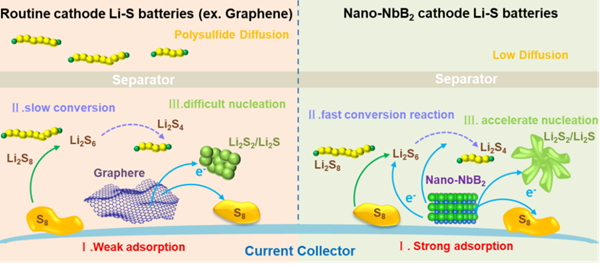
Figure 1 Schematic diagram of sulfur conversion mechanism promoted by nbb2
[content description]
As shown in Figure 2, the pure phase structure and lattice information were verified by XRD finishing technology, and the nano particle structure with a size of about 10 nm was confirmed by SEM and TEM morphology characterization. The lattice fringes and crystal planes were analyzed by HRTEM, which further proved that the pure phase nbb2 was successfully synthesized. When used for sulfur cathode carrier, the mapping diagram shows that Nb, B and s are evenly distributed. In Figure 2h, it can be seen that nbb2 and sulfur have an obvious interface, which is due to the difference in electron cloud density between nbb2 and sulfur. They have different light dark contrast under TEM. Sulfur is lighter in external color and nbb2 is darker in internal contrast. Therefore, it can be verified that sulfur is uniformly distributed on the surface of nbb2, which provides necessary conditions for nbb2 adsorption and catalytic conversion of lithium polysulfide.
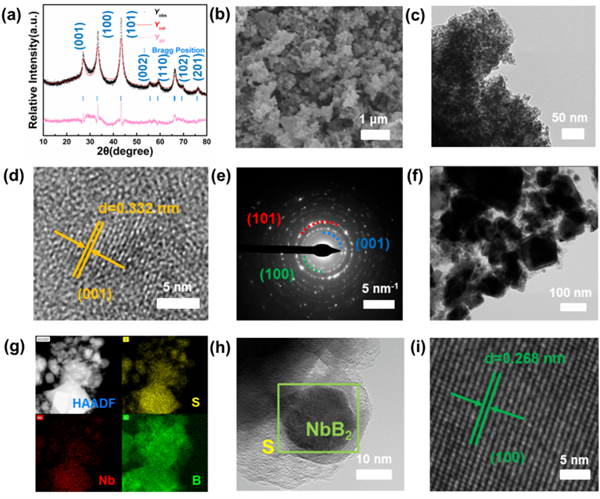
Figure 2 Nbb2 material characterization diagram
Subsequently, the author proved that nbb2 can not only promote the reduction process of sulfur to polysulfide, but also accelerate the oxidation process of polysulfide to sulfur (Fig. 3) by assembling symmetrical battery and lithium sulfide deposition test. From the fading experiment of lithium polysulfide, it can be seen that the solution after adding nbb2 shows faster and more obvious fading of polysulfide color, indicating its stronger adsorption capacity for polysulfide. In order to further verify its chemical adsorption, the author tested the XPS before and after nbb2 adsorbed lithium polysulfide. The results showed that the XPS shifted to the low energy after nbb2 adsorbed lithium polysulfide, indicating that the electron cloud near the Nb center decreased, which is a typical Lewis acid-base effect.
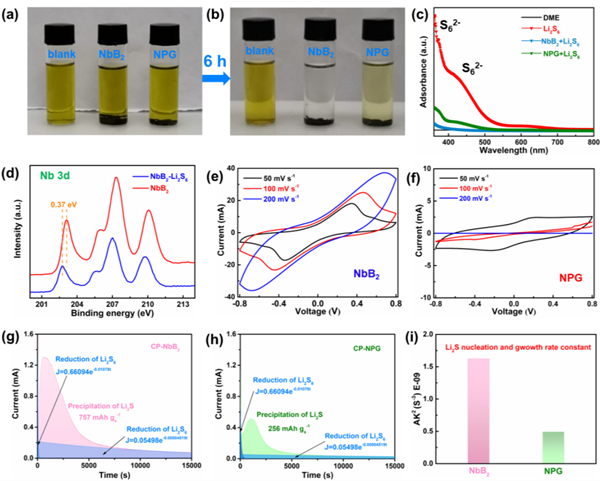
Figure 3 Test of nbb2 adsorption and catalytic lithium polysulfide
The author studied the nucleation mechanism of lithium sulfide electrochemical deposition by chronoamperometric current method, obtained its dimensionless (i/im) 2-t/tm curve through I-T transient curve, and then compared it with the dimensionless (i/im) 2-t/tm theoretical calculation curve of instantaneous nucleation or continuous nucleation mechanism to judge its nucleation mechanism. Figure 4 shows that nbb2 can guide the three-dimensional instantaneous nucleation of lithium sulfide, which greatly promotes the formation of lithium sulfide, The reaction barrier of lithium sulfide formation is reduced. From the SEM results, it can also be verified that nbb2 can make lithium sulfide grow in a "flower sheet" shape, which also provides a guarantee for the simpler dissolution of lithium sulfide.
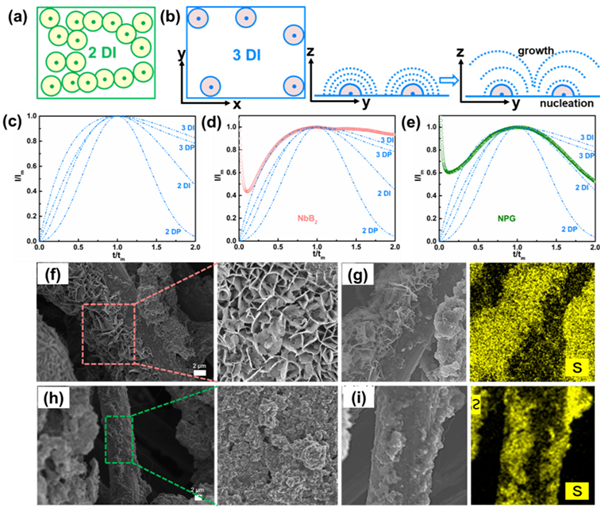
Figure 4 Characterization diagram of nbb2 guided lithium sulfide deposition
In order to further verify that nbb2 as a positive sulfur carrier can promote the conversion of polysulfides and reduce the activation energy of the reaction, the author calculated the activation energy by using Arrhenius equation by measuring the CV curves at different temperatures and according to the position and intensity of the redox peak, and confirmed the experimental results by calculating the Gibbs free energy (Fig. 5). Then the author tested the performance of the battery. The test results showed that nbb2, as a sulfur carrier, showed excellent specific capacity and cycle performance. After 100 cycles at 0.2 C, the capacity was 1014 MAH g-1. After 1000 cycles at 5 C current density, the average capacity decay rate per cycle was only 0.057%. When the sulfur load is 16.5 mg cm2, the surface capacity can reach 17 mah/cm2, which is much higher than the 4mah/cm2 required for commercial lithium battery applications. Even when the current density reaches 10C, it can still cycle stably for more than 1000 cycles. The successful assembly of the soft pack battery further verifies its commercialization potential, shows excellent specific capacity performance, and can light the LED lamp and drive the fan to work for a period of time. In order to further study the mechanism of sulfur transformation during charging and discharging, the corresponding in-situ XRD characterization was carried out. As the discharge proceeds, α- The diffraction peak of S8 decreases gradually until it disappears completely, indicating that α- S8 was effectively and completely converted to polysulfide, which confirmed the superior conductivity of nbb2 and the conversion capacity of lithium polysulfide. When the discharge reached about 2.05v, the diffraction peak of Li2S appeared, which proved that nbb2 promoted electron transfer, accelerated the reduction rate of lithium polysulfide, and promoted the nucleation of Li2S. During the charging process, the diffraction peak intensity of Li2S gradually decreases to disappear, indicating that Li2S has been continuously and completely transformed, indicating that the excellent catalytic oxidation ability of nbb2 has continuously promoted the transformation of Li2S. At the end of charging, β- The formation of S8 means that nbb2 has a good chemical limiting effect on the shuttle effect of polysulfides.
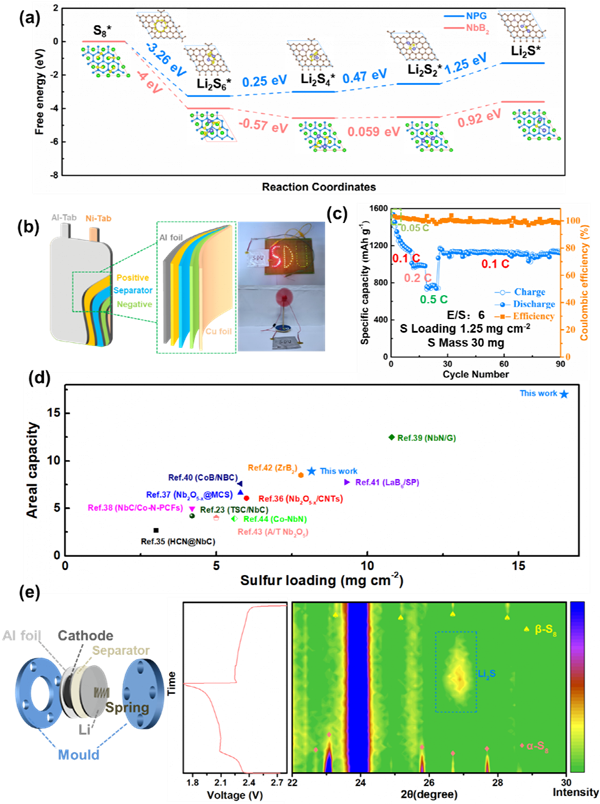
Figure 5 Performance, free energy and in situ analysis of nbb2 battery
[Conclusion]
At relatively low temperature, nano nbb2 with rich active site exposure and high conductivity was prepared by simple solid-state synthesis. As a sulfur carrier material, it can effectively improve the conversion of polysulfides and reduce the reaction kinetics. More importantly, the high conductivity of nbb2 avoids the passivation of the catalyst surface, improves the conversion kinetics of lithium sulfide, guides the deposition of lithium sulfide, and thus obtains a lithium sulfur battery with high capacity and application potential.
Bin Wang, Lu Wang, Bo Zhang, Suyuan Zeng, Fang Tian, Jianmin Dou, Yitai Qian, Liqiang Xu*, Niobium Diboride Nanoparticles Accelerating Polysulfide Conversion and Directing Li2S Nucleation Enabled High Areal Capacity Lithium-Sulfur Batteries, ACS Nano, 2022, https://doi.org/10.1021/acsnano.2c01179
About the author:
Xuliqiang, professor and doctoral supervisor of School of chemistry and chemical engineering, Shandong University, senior member of China Chemical Society. In recent years, it has been committed to exploring new preparation methods, structure and performance regulation and practical application of new high-performance alkali metal secondary batteries, lithium sulfur secondary batteries' anode and cathode materials and new electrocatalysis related materials; The related research belongs to the frontier research field of inorganic synthesis and preparation chemistry, nano materials, electrochemistry, crystal structure and performance, devices and other interdisciplinary subjects. In the above related research fields, it has been published in Chemical Society reviews, Angew. Chem. Int. Ed., Adv. Mater., ACS Nano, Energy Storage Materials, Nano Today, ACS Energy Lett, Chem. Mater., Nano Research, J. Mater. Chem. A. , small, etc. published more than 100 papers included in SCI and were invited to write many review papers and cover papers. Relevant papers have been cited by him for more than 5800 times; 16 authorized national invention patents; In 2020, he won the second prize of Shandong Natural Science (the first prize).

